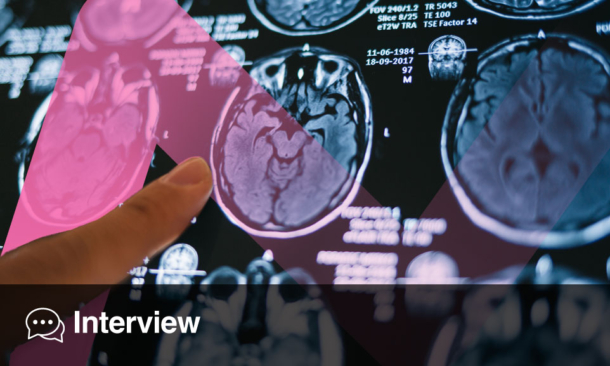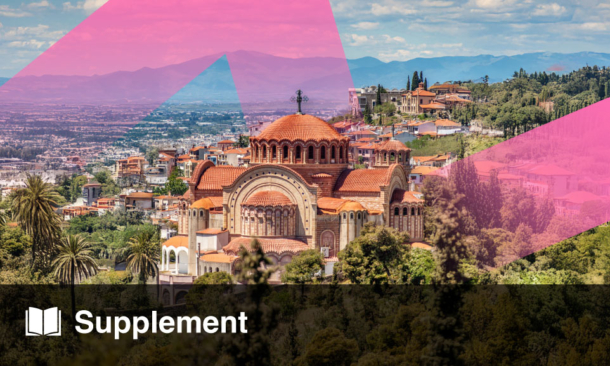BACKGROUND AND AIMS
Photophobia is a sensory disturbance provoked by light commonly seen in several headache disorders. Photophobia affects as much as 80% of patients with migraine, presenting even outside of migraine attacks.1 In the Migraine in America Symptoms and Treatment (MAST) study, 49.1% of participants reported photophobia as the most bothersome symptom.2
For a greater characterisation of the photophobia impact in daily activities, several clinical scores have been validated, such as the 8-item Korean Photophobia Questionnaire (KUMC-8)1 and the 12-item Utah Photophobia Symptom Impact Scale (UPSIS-12).3 KUMC-8 consists of eight yes-no questions, with seven of them relating light aversion with pain in the migraine phase and the last one about photophobia in the out-of-pain phases of migraine. Photophobia between the migraine attacks gains more relevancy in UPSIS-12, representing 40 out of a maximum score of 55.
To date, most of the recommended treatments for photophobia are based on case-reports or a few studies with small sample sizes. New therapies are still needed to improve this bothersome symptom.
MATERIALS AND METHODS
The authors conducted a prospective case-control observational study with a successive recruitment of patients with migraine and photophobia. Data was collected in two visits: the baseline visit (V1) and the follow-up visit (V2), which was scheduled 7 days after V1. Greater occipital nerve (GON) block and other migraine therapies were used following the current guidelines of the Spanish Society of Neurology. Cases were defined as patients in which GON block was performed. As per usual clinical practice, GON block was offered to patients with an ongoing migraine attack at the time of the visit, frequent attacks in the previous week, a headache frequency that exceeded 15 days per month in the last 3 months despite adequate treatment, and to patients that had reported a good previous response to GON block in terms of pain. All patients completed UPSIS-12, KUMC-8, the Hospital Anxiety and Depression Scale, and the Migraine Specific Quality of Life Questionnaire (version 2.1) both in V1 and V2.
RESULTS
For this study, 41 patients were recruited: 28 (68.3%) cases and 13 (31.7%) controls. At V1, there was no significant difference in the median (p25–p75) score of UPSIS-12 in cases versus controls (32.0 [21.0–34.0] versus 30.5 [22.0–37.0]; p=0.497) or KUMC-8 (6.5 [5.5–7.0] versus 7.0 [6.0–8.0]; p=0.463). At V2, cases experimented a significant improvement in UPSIS-12 of -5.5 ([-8.8]-[-1.3]) and in KUMC-8 of -0.5 ([-2.0]-0), while there were no significant changes in the control group. Patients with aura migraine scored higher on UPSIS-12 at V1 (33.5 [24.5–37.0] versus 26.0 [16.0–35.0]) and experimented lesser improvement at V2 after GON block compared with patients without aura migraine (-4.0 [(-6.0)–(-1.0)] versus -8.0 [(-17.0)–(-2.0)]), although statistical signification was not achieved (p=0.643 and p=0.122, respectively). There was no significant variation in the remaining scales.
CONCLUSION
GON block improves migraine-associated photophobia, measured with UPSIS-12 and KUMC-8. Patients without aura may exhibit a greater improvement. Physicians could consider GON block for management of photophobia in patients with migraine.







